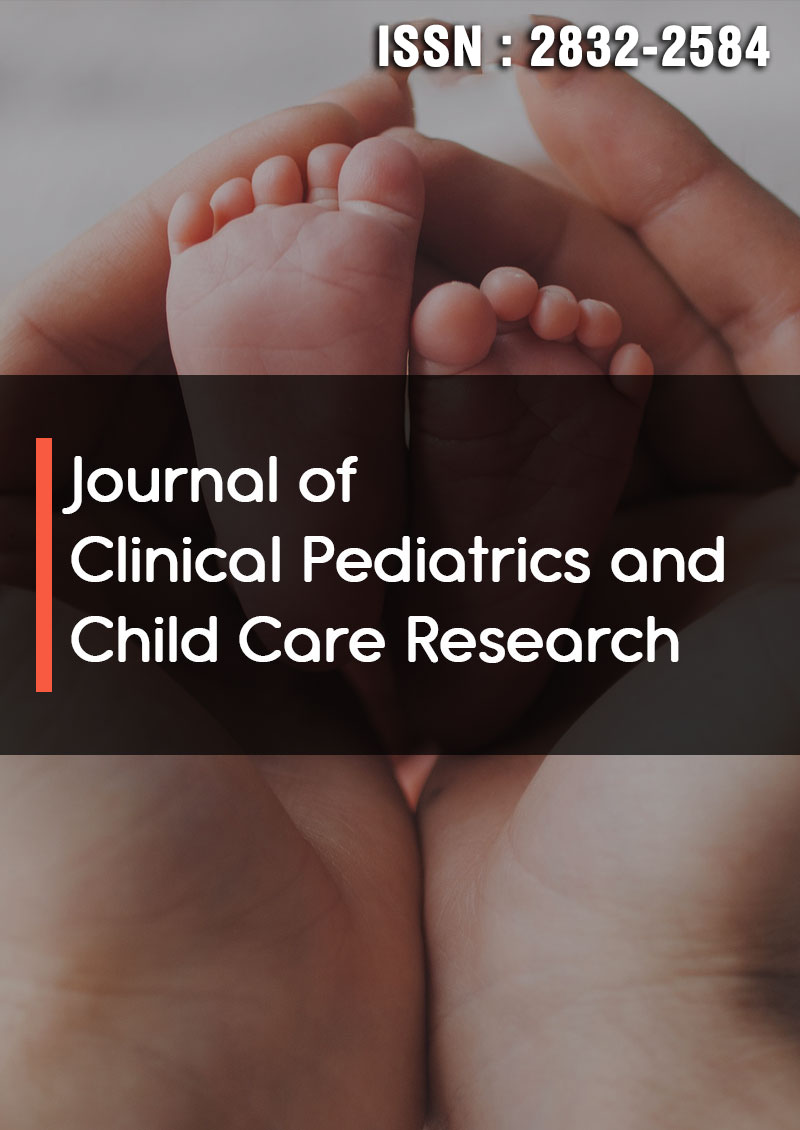Pediatric Acute Lymphoblastic Leukemia: Russian Experience with the ALL-IC BFM 2002 Protocol
Abstract
Timur Valiev, Yulia Korkina, Meri Shervashidze, Kirill Kirgizov, Svetlana Varfolomeeva
Background: Treatment protocols for pediatric acute lymphoblastic leukemia (ALL) developed by the BFM (Berlin-Frankfurt- Munster) group are among the most effective in the world. The longstanding overall survival rate of children with ALL is more than 90%. The highly successful treatment results obtained for ALL are the reason that the ALL-IC BFM 2002 protocol is widely used in Russia.
Aim: This study presents the results of the Russian multicenter study for pediatric ALL treatment by the ALL ICBFM 2002 rotocol.
Materials and Methods: In total, 433 patients with primary ALL from 10 Russian pediatric hematology/oncology clinics were included in retrospective and prospective studies from 01.11.2003 to 12.10.2021. The ages of the patients ranged from 3 months to 21 years. All patients were treated according to the ALL IC-BFM 2002 protocol. The overall survival (OS), relapse-free survival (RFS), and event-free survival (EFS) were assessed on 11.12.2021.
Results: An overwhelming majority of patients, 97.9% (n=424), achieved clinical and laboratory remission by 33 days of treatment based on the ALL IC-BFM 2002 protocol. The 10-year OS was 91.8+/-1.5%, the RFS was 87.4+/-1.8%, and the EFS was 84.1+/-1.9%. The results of the 10-year OS in the standard-risk and intermediate-risk groups were 92+/-1.7%, and 93.1+/- 3.0%, respectively, and the percentage of relapse in the high-risk group was 71.1+/-11.1%.
Conclusion: The ALL-IC BFM 2002 protocol for pediatric ALL could be performed in Russian federal and regional clinics. The treatment results for ALL using the ALL-IC BFM 2002 protocol are dramatic and comparable to those of leading clinics in Europe and the United States. To improve the survival rate in high-risk groups of patients, it is necessary to use additional risk-stratifying factors such as minimal residual disease (MRD).




